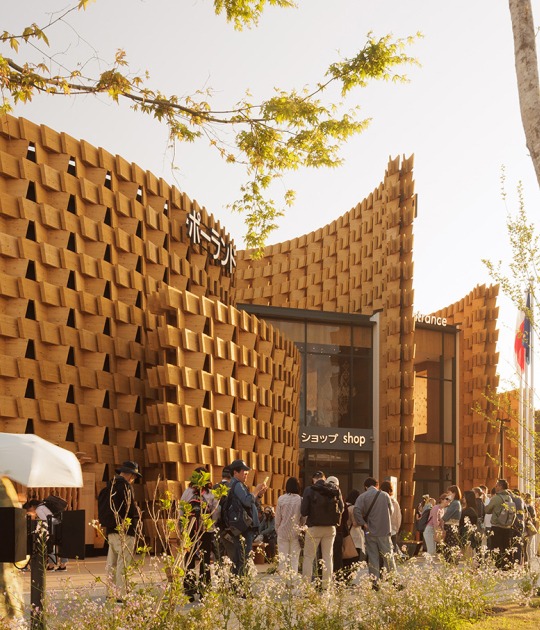His design (a translucent domed structure of white fibreglass) follows Sou Fujimoto’s cloud-like structure which was visited by almost 200,000 people in 2013 and was one of the most visited Pavilions to-date.
Occupying a footprint of some 350 square metres on the lawn of the Serpentine Gallery, plans depict a semi-translucent, cylindrical structure, designed to resemble a shell, which rests on large quarry stones. This work has its roots in the architect’s earlier work, particularly The Castle of the Selfish Giant, inspired by the Oscar Wilde story and the Restaurant Mestizo - part of which is supported by large boulders.
The 2014 Pavilion is designed as a flexible, multi-purpose social space with a café sited inside. Visitors will be encouraged to enter and interact with the Pavilion in different ways throughout its four month tenure in the Park. On selected Friday nights, between July and September, the Pavilion will become the stage for the Galleries’ Park Nights series, sponsored by COS: eight site-specific events bringing together art, poetry, music, film, literature and theory and including three new commissions by emerging artists Lina Lapelyte, Hannah Perry and Heather Phillipson.
“The Serpentine 2014 Pavilion is part of the history of small romantic constructions seen in parks or large gardens, the so-called follies, which were hugely popular from the end of the 16th Century to the start of the 19th. Externally, the visitor will see a fragile shell suspended on large quarry stones. This shell, white, translucent and made of fibreglass, will house an interior organised around an empty patio, from where the natural setting will appear lower, giving the sensation that the entire volume is floating. At night, thanks to the semi-transparency of the shell, the amber tinted light will attract the attention of passers-by like lamps attracting moths,” said Smiljan Radic, designer of the 14th Serpentine Pavilion.
Smiljan Radic has completed the majority of his structures in Chile. His commissions range from public buildings, such as the Civic Neighbourhoods, Concepción, Museo Chileno de Arte Precolombino, Santiago, Restaurant Mestizo, Santiago, and the Vik Winery, Millahue, and domestic buildings, such as Copper House 2, Talca, Pite House, Papudo, and the House for the Poem of the Right Angle, Vilches, to small and seemingly fragile buildings, such as the Extension to Charcoal Burner's House, Santa Rosa, The Wardrobe and the Mattress, Tokyo, Japan, and The Bus Stop Commission, Kumbranch, Austria.
Considerate of social conditions, environments and the materials in which he works with, the work of Smiljan Radic moves freely across boundaries, avoiding any specific categorisation within one field of architecture. His versatility enables him to respond to the demands of each setting, whether that is the spatial constraints of an urban site or the extreme challenges presented by a remote rural setting, mountainous terrain or the rocky coastline of his native Chile.
AECOM will again provide engineering and technical design services as it did for the first time in 2013. In addition, AECOM will also be acting as cost and project manager for the 2014 Pavilion. While this is the second Serpentine Galleries Pavilion for AECOM, its global chief executive for building engineering, David Glover, has worked on the designs for a majority of the pavilions to date. The Serpentine Galleries are delighted that J.P. Morgan Private Bank are the co-headline sponsor of this year’s Pavilion.


































